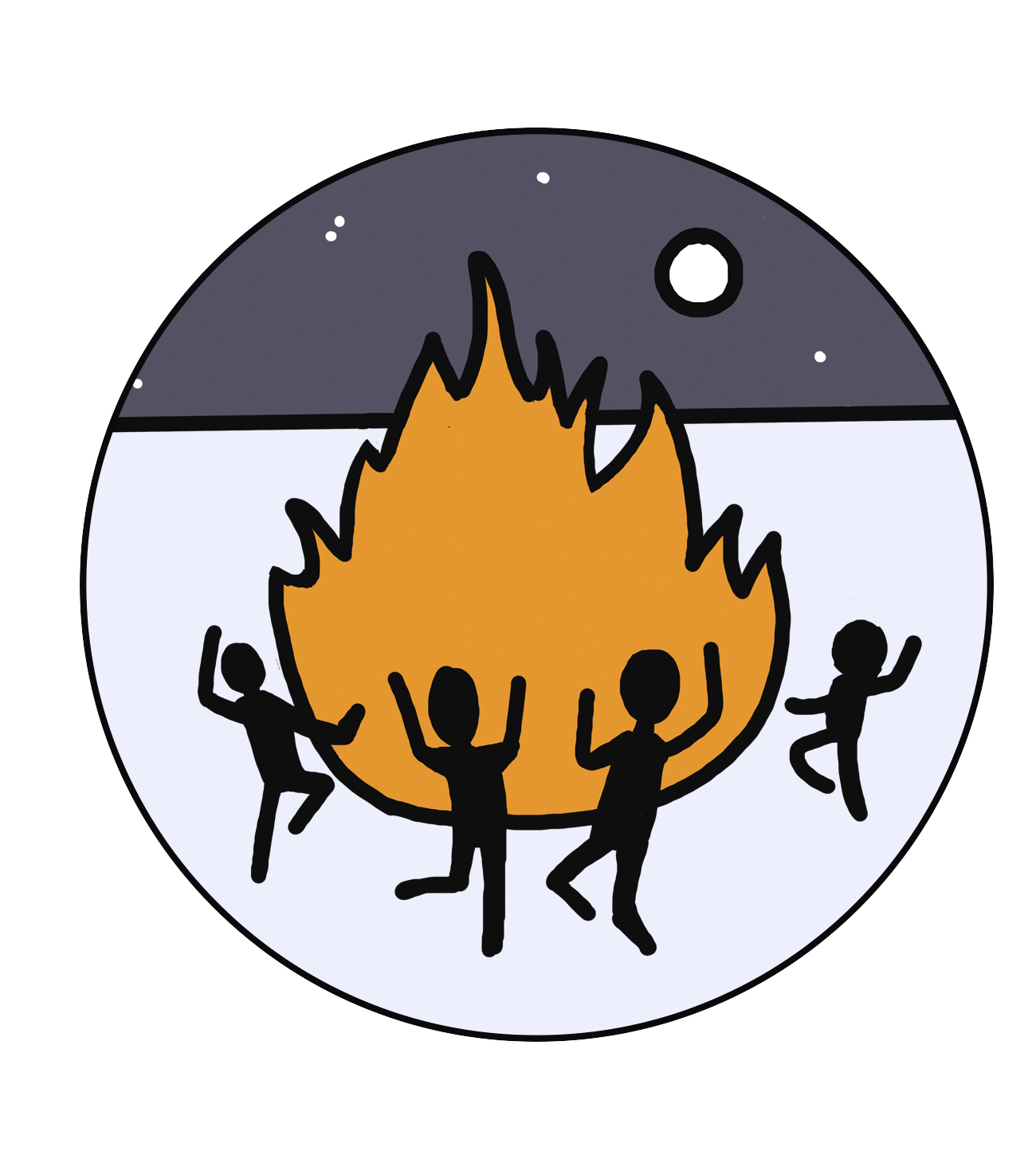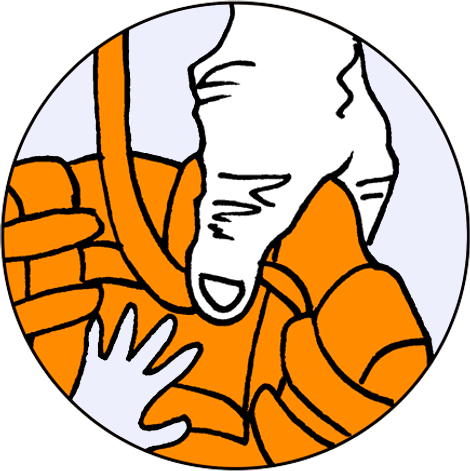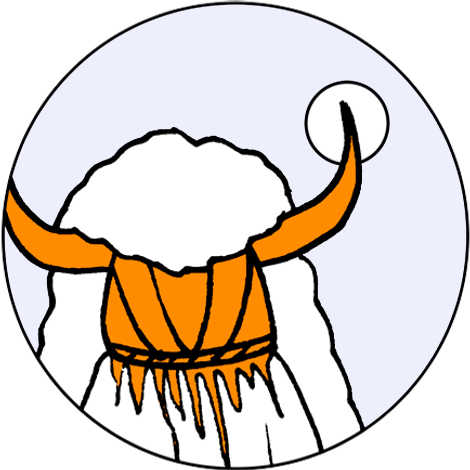Testimonies and cultural expressions of the CIH
We can define the cultural heritage as a social and mental construction that suggests “a selection of goods and values of a culture which are part of a certain group’s simbolic or real property, and, in addition, which allow individual and collective identity processes, and which contribute to the characterisation of a context”.
In our documentation centre, we distinguish between testimonies and expressions or cultural events. The first ones are the sources to inventory and documentate the direct and life cultural expressions. It is about, on the one hand, testimonies of the collective memories (where the majority are comming from the oral tradition, even if they are recorded in different supports) and, on the other hand, testimonies of the lost or almost lost expressions (which live in the memories of the last bearers as a last life degree).

Holistic and entire nature of the heritage
The heritage has an holistic or integrated nature, because it connects the natural heritage and the cultural heritage. The Cultural Immaterial Heritage makes reference to the ethnographic heritage mainly, where the material and the immaterial dimensions are non-severables.Then, it is not more than an indivisible dimension of an integrated heritage that has renewed the understanding of the material dimension providing meaning, value and context.
Fields of the Cultural Immaterial Heritage: a live heritage
When we are talking about the Cultural Immaterial Heritage, we are actually making reference to the cultural fields where the immaterial dimension of the alive cultural manifestations is more noticeable or thriving than in others. Our documentation centre incorporates a double classification: the five which were defined by UNESCO in the convention in 2003; and the seven that were required by the National Plan, based on the previous ones. We have added an eighth field, the memory, which was figured transversally in both classifications.
FIELDS OF OUR WEB |
FIELDS OF UNESCO |
|---|---|
|
|
Knowledges and practices concerning nature and the universe. Traditional craftsmanship |
|
|
Social practices, rituals and festive events |
|
|
Oral traditions and expressions, including language as a vehicle of the intangible Cultural Immaterial Heritage |
|
|
Performing arts |
|
|
Performing arts |
|
|
Knowledges and practices concerning nature and the universe. Traditional craftsmanship |
|
|
Social practices, rituals and festive events |
|
|
Oral traditions and expressions, including language as a vehicle of the intangible Cultural Immaterial Heritage. |











